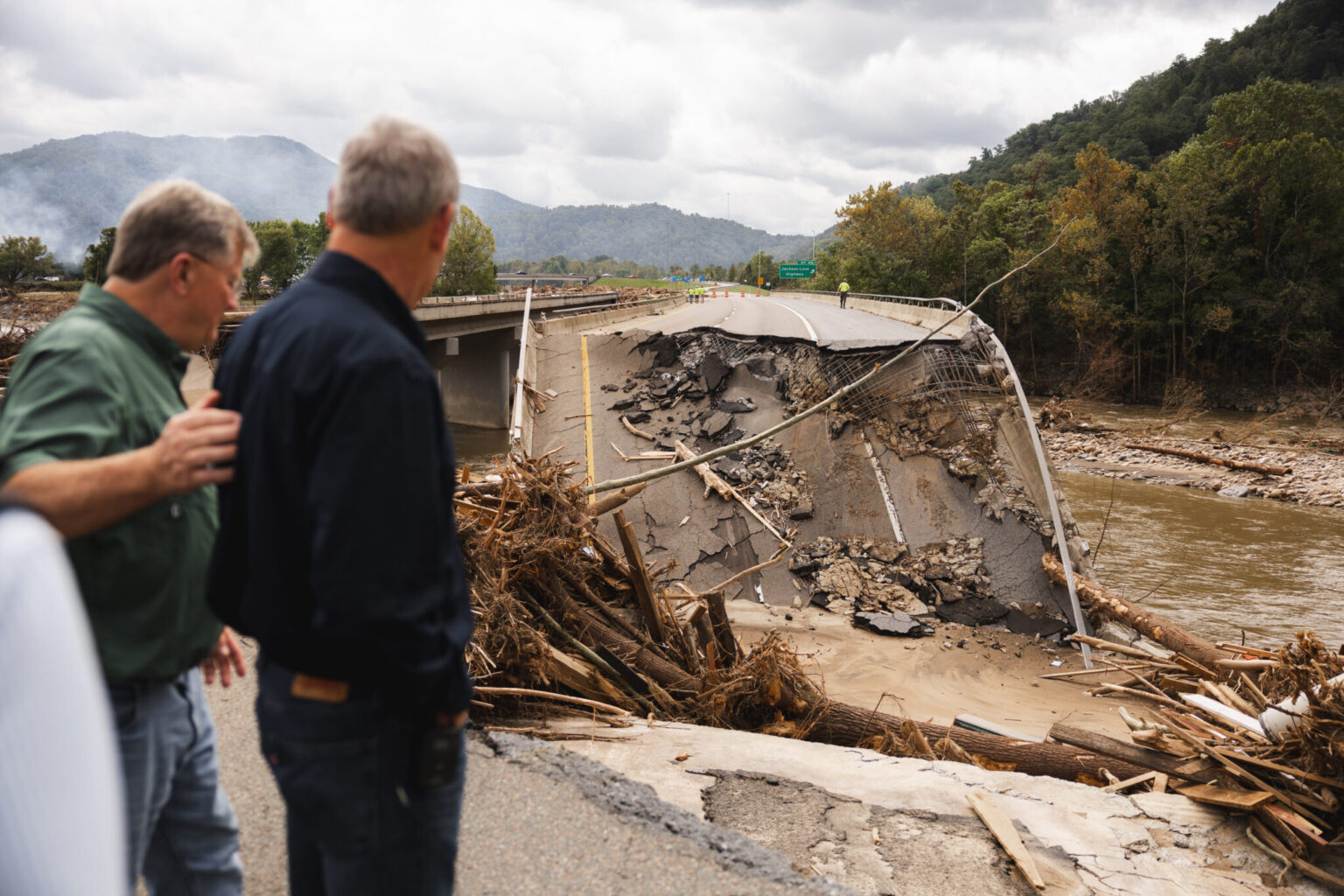As climate change continues to influence global weather patterns, the United States is bracing for another intense hurricane season in 2025. Early forecasts from leading meteorological agencies, including the National Oceanic and Atmospheric Administration (NOAA), suggest an above-normal hurricane season, raising concerns about preparedness, infrastructure resilience, and emergency response capabilities. However, these warnings come at a time when proposed budget cuts to NOAA threaten to undermine the agency’s ability to provide accurate forecasts and timely warnings—potentially putting millions of Americans at risk.
Above-Normal Hurricane Season Expected in 2025
NOAA’s preliminary projections for the 2025 Atlantic hurricane season (June 1 – November 30) indicate an increased likelihood of above-average storm activity. Key factors contributing to this forecast include:
-
Warmer-than-average sea surface temperatures in the Atlantic Ocean, which fuel hurricane formation and intensification.
-
La Niña conditions potentially developing in the Pacific, which reduce wind shear in the Atlantic and allow storms to strengthen more easily.
-
Climate change effects, such as rising ocean temperatures and increased atmospheric moisture, which contribute to more intense and slower-moving hurricanes.
Early estimates suggest the 2025 season could produce 14-20 named storms, with 7-10 becoming hurricanes and 3-5 reaching major hurricane status (Category 3 or higher). If these predictions hold, 2025 could follow the trend of recent hyperactive seasons, such as 2020 (a record-breaking 30 named storms) and 2021 (21 named storms).
The Critical Role of NOAA in Hurricane Forecasting
NOAA plays a pivotal role in tracking, modeling, and predicting hurricanes through its National Hurricane Center (NHC), satellite systems, and research programs. Key tools include:
-
Satellite monitoring (e.g., GOES-R series) for real-time storm tracking.
-
Hurricane hunter aircraft that fly into storms to gather critical data.
-
Advanced computer models that improve forecast accuracy and extend warning times.
These resources have significantly enhanced early warning systems, helping communities evacuate and prepare days in advance. However, proposed budget cuts to NOAA could jeopardize these capabilities.
Budget Cuts Threaten NOAA’s Hurricane Preparedness
Recent federal budget proposals have included reductions in funding for NOAA, particularly affecting climate research, satellite maintenance, and weather forecasting programs. Potential consequences of these cuts include:
-
Degraded Forecasting Accuracy
-
Reduced funding could delay satellite launches or limit maintenance, leading to gaps in storm monitoring.
-
Fewer hurricane hunter missions and ocean buoys mean less real-time data for forecast models.
-
-
Slower Emergency Response
-
Less accurate forecasts mean shorter lead times for evacuations, increasing risks for coastal communities.
-
State and local governments may struggle to allocate resources without reliable NOAA guidance.
-
-
Weakened Climate Research
-
NOAA’s climate studies help predict long-term hurricane trends; cuts could hinder understanding of future risks.
-
Experts warn that weakening NOAA’s capabilities could reverse decades of progress in hurricane forecasting, putting lives and property in danger.
Preparing for the 2025 Hurricane Season
Despite budget uncertainties, individuals, businesses, and governments must take proactive steps to mitigate risks:
For Individuals & Families:
-
Develop an evacuation plan and know local shelter locations.
-
Assemble emergency kits with food, water, medications, and important documents.
-
Review insurance policies to ensure adequate coverage for flood and wind damage.
For Local & State Governments:
-
Invest in resilient infrastructure, such as flood barriers and reinforced buildings.
-
Improve public alert systems to ensure timely warnings reach all residents.
-
Coordinate with FEMA and NOAA to streamline disaster response efforts.
For Federal Agencies & Policymakers:
-
Prioritize NOAA funding to maintain and enhance hurricane tracking systems.
-
Support climate adaptation initiatives to address long-term hurricane risks.
-
Strengthen building codes in vulnerable coastal regions.
Conclusion: A Call for Action
The forecast for an above-normal 2025 hurricane season underscores the growing threat of extreme weather in a warming climate. However, NOAA’s ability to protect Americans depends on sustained funding and political support. Cutting critical weather and climate programs now could have devastating consequences when the next major hurricane strikes.
As the nation prepares for another active storm season, policymakers must recognize that investment in forecasting and resilience today can save lives and billions in disaster recovery costs tomorrow. The stakes have never been higher—and neither has the need for decisive action.



